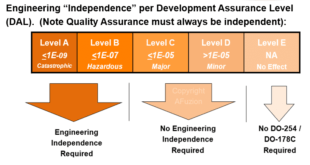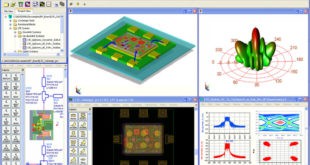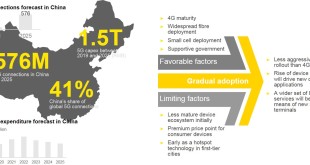Scrum is one of the most widely-used flavors of Agile, mostly applied to software development projects. It starts with describing the customer experience through user stories. Teams work on high-priority user stories in rapid cycles called sprints, deliver working software that is validated by users, and incorporate feedback quickly into …
Read More »Work-breakdown structure (WBS)
A work-breakdown structure (WBS) in project management and systems engineering, is a deliverable-oriented breakdown of a project into smaller components. A work breakdown structure is a key project deliverable that organizes the team’s work into manageable sections phases, deliverables and work packages. The Project Management Body of Knowledge (PMBOK 5) defines …
Read More »Material technologies for harsh space environment in Moon, and Mars missions
There is global space race among countries to build Moon bases, harness it’s mineral resources and helium-3, fuel for future nuclear fusion power plants. Space agencies in US, China, Japan, Europe, Russia, Iran , Canada and a few private companies all hope to send people to the moon by as …
Read More »Project Statement of Work (SOW) in Aerospace projects
Developing a needs or requirements document can be a very complex and challenging task. Requirements documents include statements of work, standards, specifications, and other documents mandated for use by law. The primary function of the SOW is to specify the deliverable or deliverables that a vendor or internal department is …
Read More »Carbon Nanotubes(CNT) revolutionizing Aerospace from lightweight structural components, radio frequency interference (RFI), radiation resistance to de-icing
Nanotechnology deals with the understanding, control, and manufacture of matter in the nanoscale regime, usually between 1 nm to 100 nm, and exploiting them for a useful application. At this length scale, unique properties and phenomena arise as a result of increased surface-to-volume ratio and dominance of quantum mechanical effects. …
Read More »DO-178B/C Airborne Software certification standard for safety critical software make flying safer
The growing demand for high-efficiency fighter aircraft, commercial airbuses and the ever-evolving Aerospace and Defense requirements are driving the demand for next-gen airborne electronics systems. Air transportation agencies and aviation OEMs across the globe have been striving to build next-generation Airborne electronics systems to make flying more reliable, predictable, and …
Read More »Digital Signal Processing (DSP) for wireless communications
The first-generation (1G) cellular wireless mobile system were analog and were based on frequency-division-multiple access (FDMA) technology. The second boost for the cellular industry came from the introduction of the second-generation (2G) digital technology standards, including Global System for Mobile (GSM), IS-136 (Time Division Multiple Access, TDMA), and Personal Digital …
Read More »Microwave and mmWave Engineering design and analysis (EDA) tools for aerospace/defense communications, and automotive applications
Millimeter waves are electromagnetic signals with frequencies ranging from 30 to 300 GHz that correspond to wavelengths of 10 to 1 mm in free space. Electromagnetic waves in the millimeter-wave band have attractive characteristics. One of their features is the wider usable frequency band compared with waves in the microwave …
Read More »Global race for 5G for connected homes, autonomous vehicles and drones, smart cities and Military
Mobile communications systems have evolved through wireless technology innovation into 2G, 3G, and then 4G to keep pace with ever-increasing voice and data traffic. Every generation of wireless technology brought many improvements including speed enabling many new applications. 1G was analog cellular. 2G technologies, such as CDMA, GSM, and TDMA, …
Read More »Massive MIMO key to delivering mobile 5G will move to extreme MIMO in 6G
The capacity of a wireless link is generally measured in bits per second per Hertz (b/s/Hz). The methods available to increase this capacity in a traditional Single Input, Single Output (SISO) wireless system are fairly limited: increase the bandwidth, allowing a corresponding increase in the bits per second, or increase …
Read More » International Defense Security & Technology Your trusted Source for News, Research and Analysis
International Defense Security & Technology Your trusted Source for News, Research and Analysis







